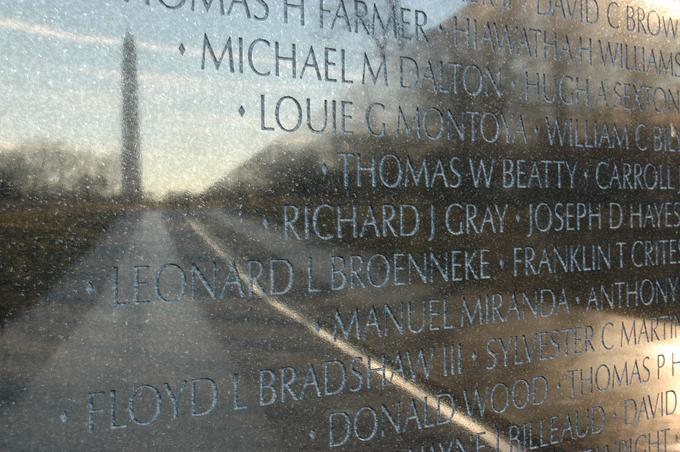
In 2000, after I had received a number of responses to my “What Do You Stand For?” questionnaire, I struggled with a problem: What is the most effective way to share these stories, and talk about the individual who submitted them? At the time, I was reading journalist Tom Brokaw’s book, The Greatest Generation Speaks, subtitled, Letters and Reflections. Brokaw’s work provided a simple and effective format for “reflecting” on the individual followed by their submission, indented so the reader could clearly determine who was speaking.
I returned to Brokaw’s book, looking for a story to share for Memorial Day. While all of his choices for inclusion have a distinct personal appeal, the following story about John Cary is remarkable because of the story told through the eyes of his son.
“Major John Cary,” Brokaw writes, “served as a field surgeon in the Army, and when he came home he was chief of staff at St. Luke’s Medical Center in Milwaukee. One of his sons, John M. Cary of Mequon, Wisconsin, still senses his presence and feels connected to what he went through.”
“Permit me to tell you about my dad, who was in the Army for 5 years and ultimately served in the Battle of the Bulge as a field surgeon. As was the case with so many of our ‘heroes,’ Dad never talked about the war. His only comment was ‘Those who talk the most did the least.’ …
“He settled in Milwaukee after the War and later became chief of staff of Milwaukee’s most prominent medical center. His staff meetings were brief and run without unnecessary banter, probably [as] a result of his military days. When someone would talk too long, his standard response was ‘Write me a letter, next question!’ He saw a son return from Vietnam unaware of the psychological scars which would appear later. Another son has made a career in the Navy medical service and will retire in a year or two. He buried his oldest son [who died of] cancer following 30 years of chronic kidney disease….
“Since [my father’s] death in 1995, I had his Bronze Star, battle ribbons, dog tags, religious medal and medical insignia framed along with his Army portrait as a 34-year-old major. They proudly hang in what was his living room and is now a room enjoyed by our family. It was an amazing feeling to read your book in that room while seeing my father ‘look over’ my shoulder.”
Major John Baldwin (Ret.) – Vietnam era surgeon extraordinaire – informed me of a recent video tribute to those who served in the medical unit of that conflict.
“I might have introduced this to you before,” John writes, “but it is relatively new and well-done. It is a video made by one of the corpsman from my years at the 24th Evac in Vietnam, Specialist 4 Mike Mudry. Many of the pictures are mine; many by Ed Fortmiller my trusted Wardmaster (head nurse) who died of brain cancer 10 years ago at age 55. I know many of these nurses and people and have been to all the hospitals.
“For Memorial Day, no greater tribute can be given, without [commenting] on the validity of that war, than his closing remarks: ‘What haunts us all 40 years later, could we have kept just one more name off the Vietnam Memorial Wall?’ …
“In the next 24 hours, Jeannie and I – as has happened for the last 30 years since ‘our guys opened up’ – will receive e-mails and telephone calls from all over America from a few fellow doctors, nurses, corpsmen and most from purple-heart patients, no longer 18-20, but 69 going on 70. And of course, the greater portion of our original cadre has passed away.”
The “Jeannie,” John references, is his own wife, First Lieutenant (Ret.) Jean Mitchell-Baldwin, who served as nurse extraordinaire to John on that medical battlefield.
As author and Lt. Gen. (Ret.) Hal Moore writes in his book, We Are Soldiers Still: A Journey Back to the Battlefields of Vietnam, “There is no such thing as closure for soldiers who have survived a war. They have an obligation, a sacred duty, to remember those who fell in battle beside them all their days and to bear witness to the insanity that is war.”
The video referenced by Baldwin is a fitting tribute to those whose citizenship answered the call to service without complaint.
Tomorrow: More from General Moore.
Comments
Leave a Comment

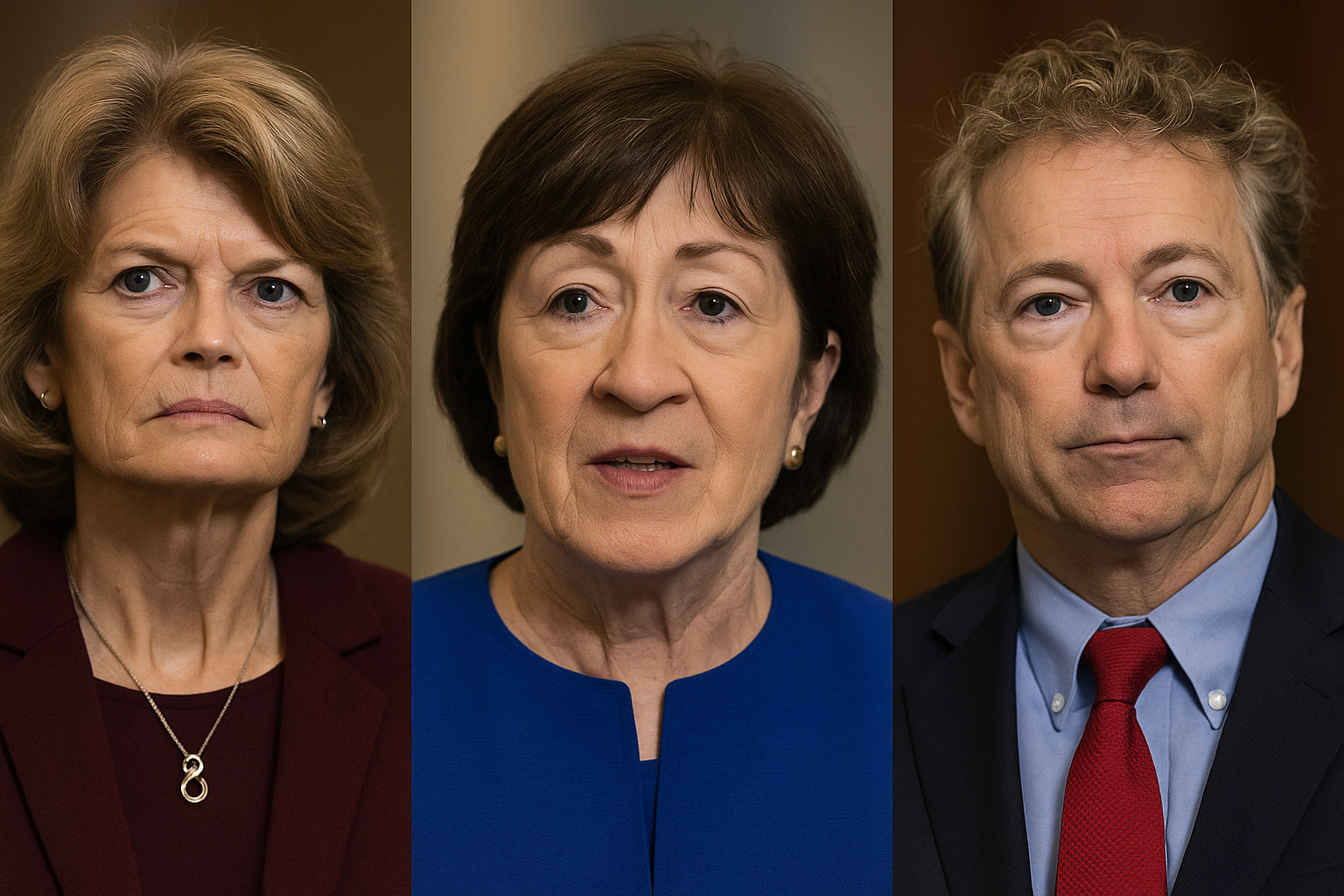
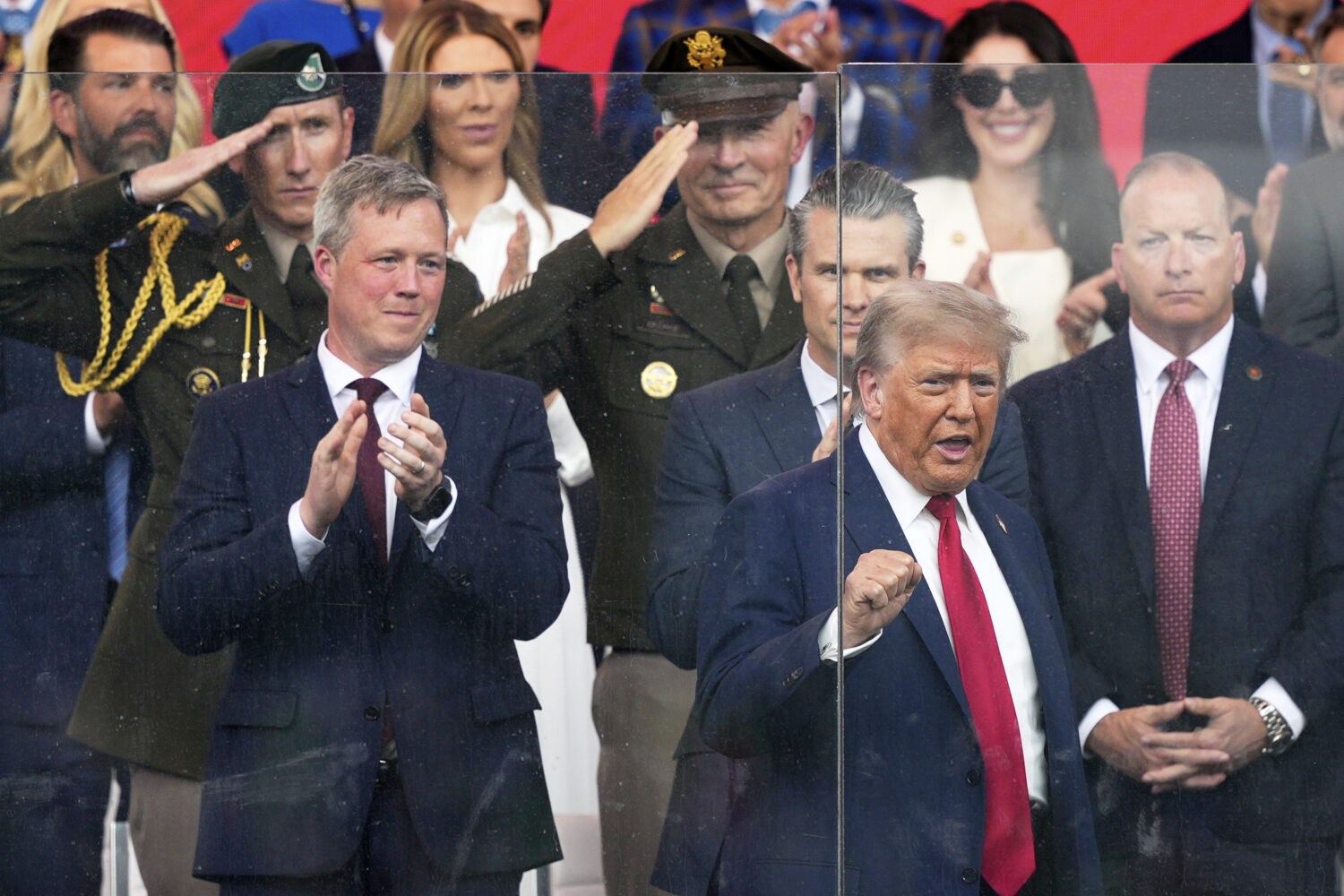

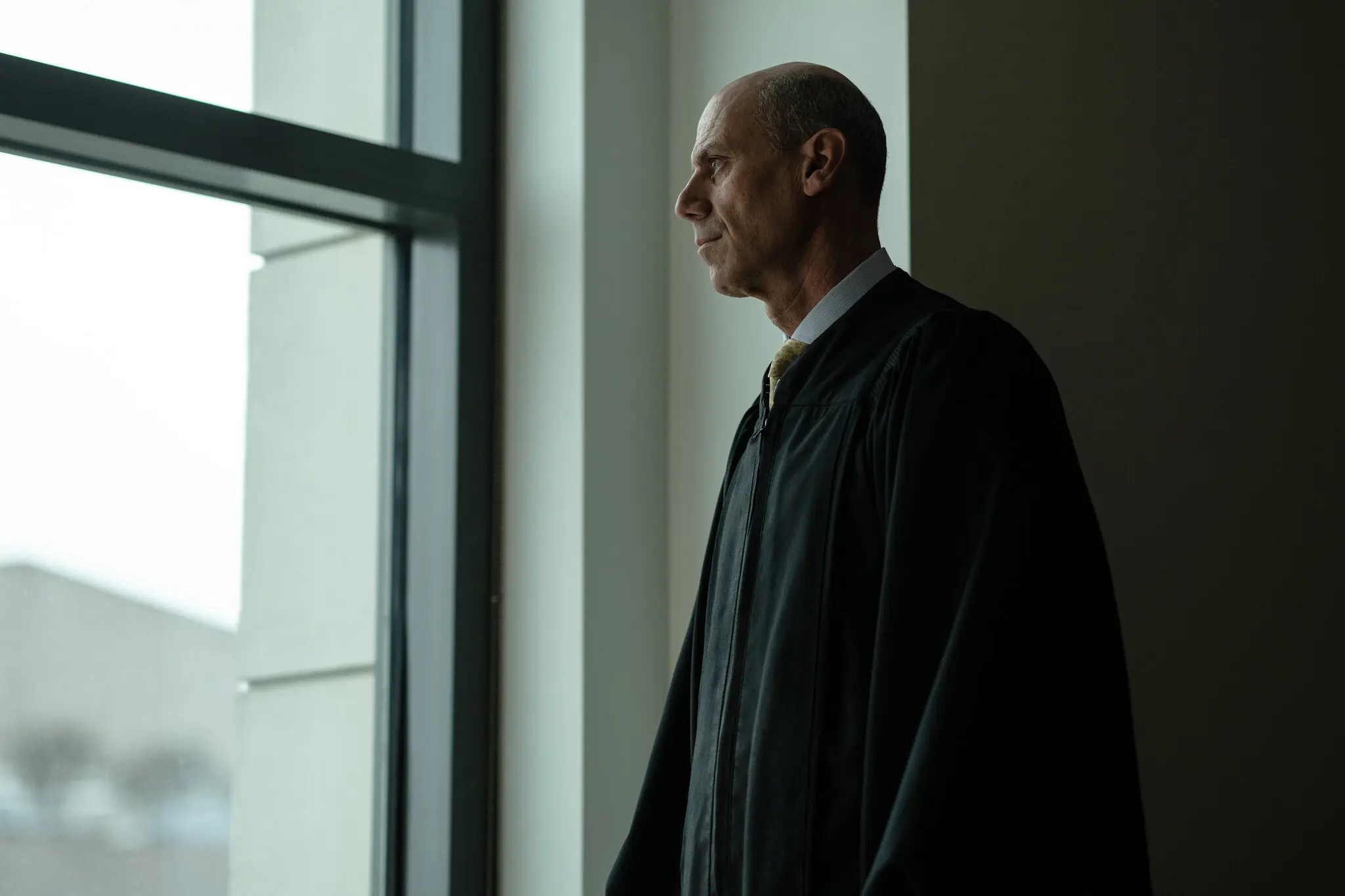


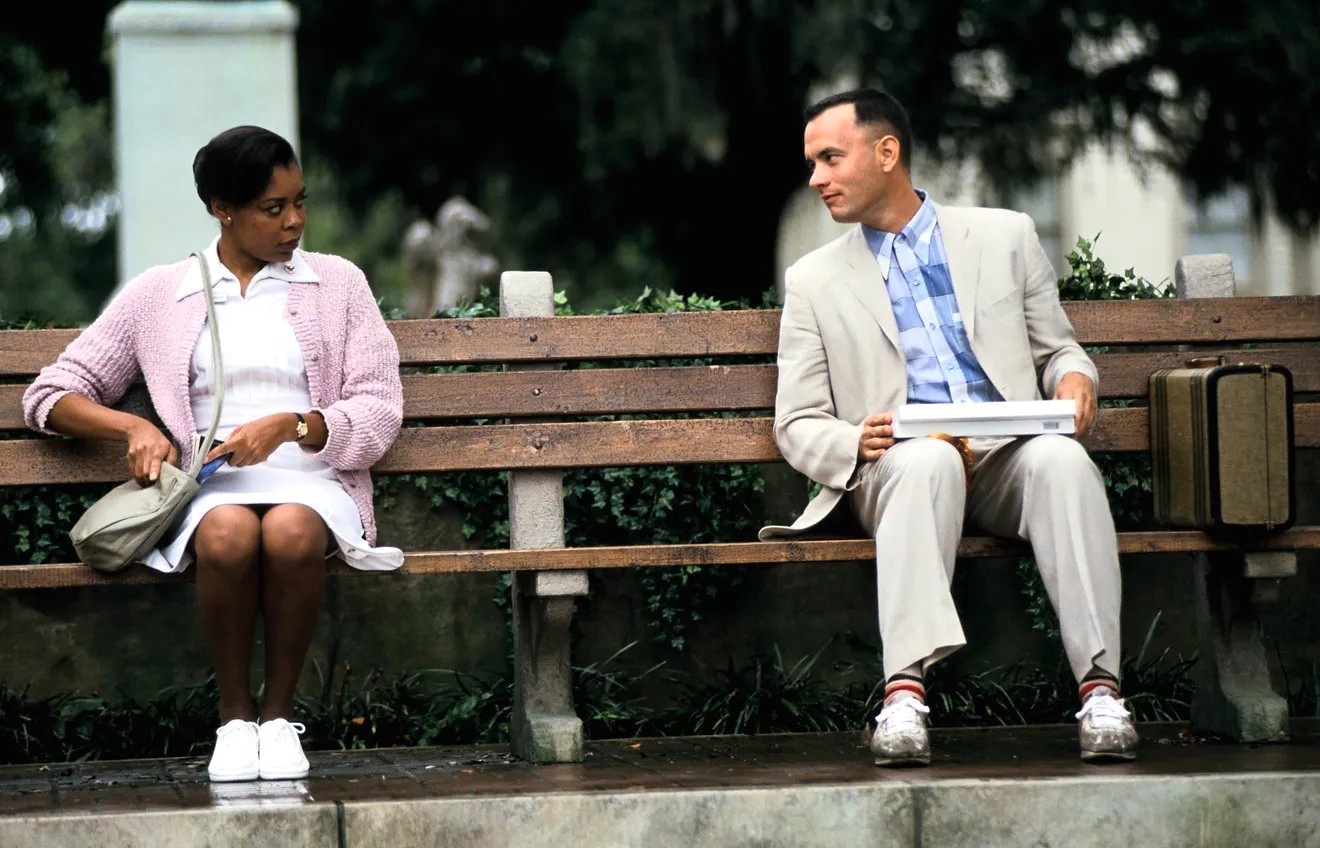
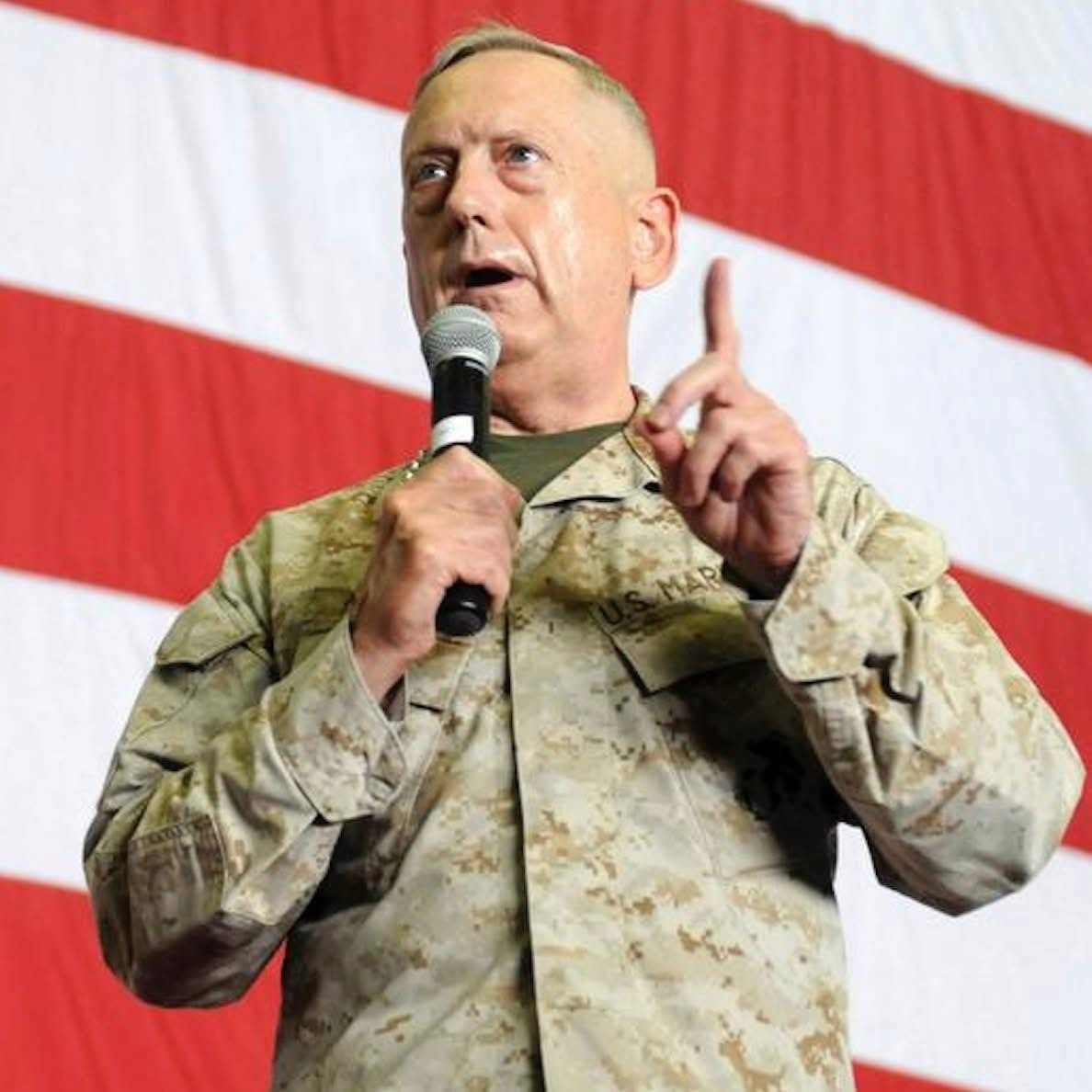


Thank you Jim and Corpsman Mudry and all who served, waited at home and particularly those who perished. It is impossible to make sense of many wars except to note one constant: those who send us remain safely at home.